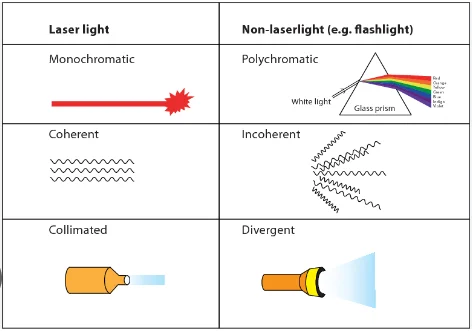![]() June 11, 2024
June 11, 2024
![]() 4042
4042
![]() 0
0
LASER, which stands for Light Amplification by Stimulated Emission of Radiation, is a technology that generates a highly focused and coherent beam of light. It relies on quantum mechanics and optics, and this technology is known for producing light that is both monochromatic and coherent. Lasers have numerous applications across various fields, including communication, medicine, industry, and entertainment.

| Must Read | |
| Current Affairs | Editorial Analysis |
| Upsc Notes | Upsc Blogs |
| NCERT Notes | Free Main Answer Writing |
LASER technology, with its precise and powerful light beams, has revolutionized many industries and scientific research areas. From enabling high-speed data transmission in communication to performing delicate surgeries and cutting materials in manufacturing, LASERs are indispensable. Understanding the principles and safety measures of LASERs ensures their effective and safe use. As technology advances, LASER applications will continue to expand, offering new possibilities and innovations.
<div class="new-fform">
</div>
Latest Comments